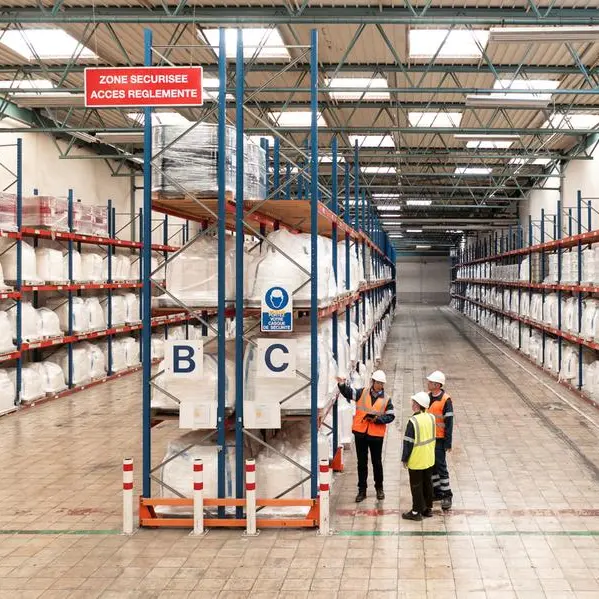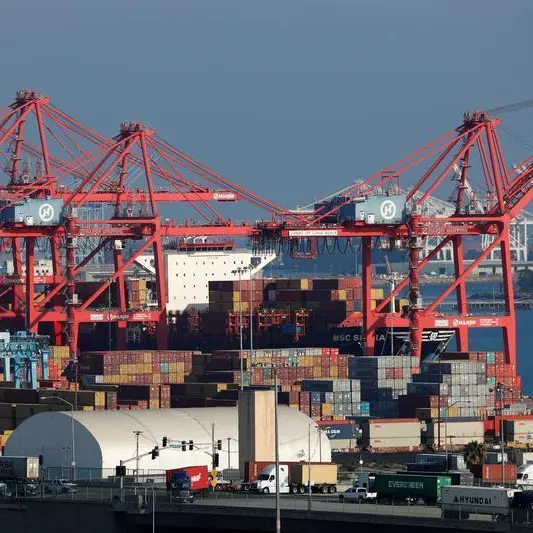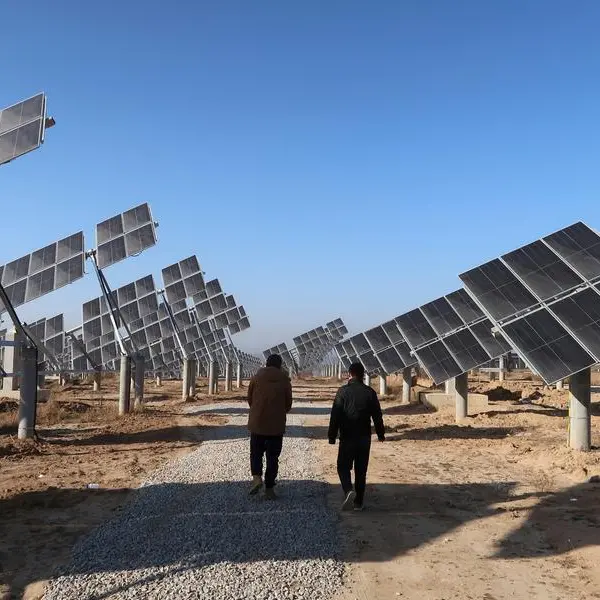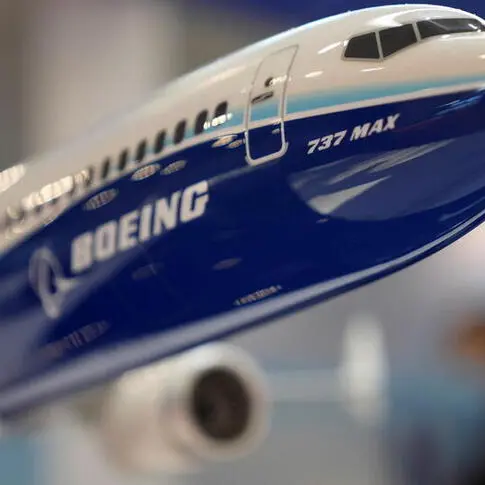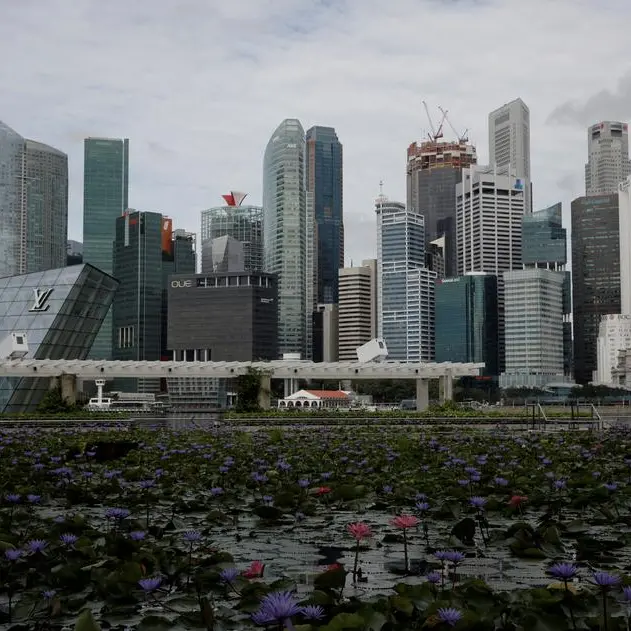Just before the turn of the millennium, technology changed the music industry and – for a while – no-one noticed. Sites like Napster that allowed peer to peer digital file sharing were niche, and quickly shut down, so they seemed unimportant. But they had opened to door to digital distribution. Twenty-four years later, the big music companies that once controlled the production and distribution of recorded music have ceded much of their power – and income – to companies like Spotify and iTunes.
So, will there be a fintech equivalent of Spotify that will upend the business model of retail financial services? The answer is ‘no’, for reasons that I explain below. However, retail and commercial banking in MENA will be profoundly changed by fintech innovation over the next few years – and that innovation will also help the region’s banks to meet what may be the world’s single biggest challenge: global warming.
Banking services are essential
Banks exist to manage the risk of maturity transformation, which means they make decisions about risk and the allocation of capital that shape their local economies. That is why banks are highly regulated and non-banks can’t offer banking services. The financial regulators who oversee commercial banking prioritise financial stability, so they take careful and measured decisions about change, but they also want financial services – particularly those offered to consumers – to be low-cost, easy to access and use, and inclusive. That has led to increasingly difficult regulatory decisions because low costs, inclusion and instant, easy, access are also the three things that have made digital services so successful. And most of today’s banks did not start out as digital businesses.
In MENA, financial regulators are embracing the advantages of digital banking. In particular, they want the financial inclusion and financial education that digital banking can bring. The Central Bank of the United Arab Emirates (CBUAE) for example, launched its Financial Infrastructure Transformation Programme (FIT programme) in February this year. The FIT programme includes a new financial cloud, eKYC and open finance platforms.
And the CBUAE is not alone its drive for fintech innovation. Bahrain, for example, introduced open banking in October 2020. Open banking requires banks to build application programming interfaces (API) that let customers to share their financial data with third-party service providers. Those third-party providers can analyse the data to offer new products, such as direct account to account payments. Saudi Arabia, too, is encouraging data sharing and has an Open Banking Lab, set up as part of its Financial Sector Development Program (FSDP).
MENA’s banks are, arguably, well placed to leapfrog some of the fintech development stages that were necessary elsewhere. For example, it is now possible to set up a new, online, bank using core banking software that is hosted in the public cloud and only pay for the capacity that you need. That wasn’t possible ten years ago. The latest core banking software has been designed specifically for banks, so it helps them with compliance as well as cost.
Just as importantly, regulators working on digitalisation can examine the experience of other jurisdictions, such as the UK, where financial regulators now consider public cloud providers to be ‘critical third parties’ that provide essential services to banks. Ten years ago, putting banking services on the public cloud was considered far too risky. Now, it’s part of normal strategy.
The building blocks of digital banking are in place
As things stand, digital payments and digital banking are still a work in progress in the MENA region, but the building blocks are there. For example, according to the GSMA, by 2025, there will be around 456 million unique mobile subscriptions in MENA, equivalent to c. 70% of the population. Of those subscriptions, around 84% will be for smartphones – the mobile devices that put easy and intuitive 24/7 internet access into people’s hands. In the GCC Arab States, those numbers are expected to be 81% penetration, of which 94% will be smartphones. [The Mobile Economy Middle East & North Africa 2022 (gsma.com)].
Big public cloud providers, such as Amazon Web Services and Google Cloud are also expanding their data centre provision in MENA. And the population in the region is young, ambitious and eager to learn.
A sector to drive net zero
MENA’s median age of 26.8 puts pressure on regulators and policy makers to prepare carefully for the future. Global warming needs to be tackled and sustainable economies, which are powered by renewable energy, need to be built. However, while policy makers can set the ground rules, they can’t make all-the-day to day decisions that will finally add up to net zero.
Of necessity, some of the most important investment decisions on sustainability will be made by banks. And, if you have a digital banking sector capable of collecting and analysing a great deal of economic data in real-time, those banks should be well positioned to help.
Regulators have already started to push banks towards more sustainable practices. That is partly because climate change is a risk to financial stability, but regulators are also aware that sustainability is also a social good. In Abu Dhabi, for example, the CBUAE recently held a meeting with the CEOs of UAE’s banks to advance green finance. This is part of the UAE’s ‘Year of Sustainability’, in its role as the host of COP28 and, at the same time, the groundwork for the future of financial services in the Middle East.
So, don’t expect banking to go the way of the music business. Do expect regulators and banks in MENA to combine the new capabilities of fintech with the demands of sustainability to create a banking sector that is inclusive, cost-effective and efficient – and that helps firms and consumers in the region make good decisions about building a sustainable future.


